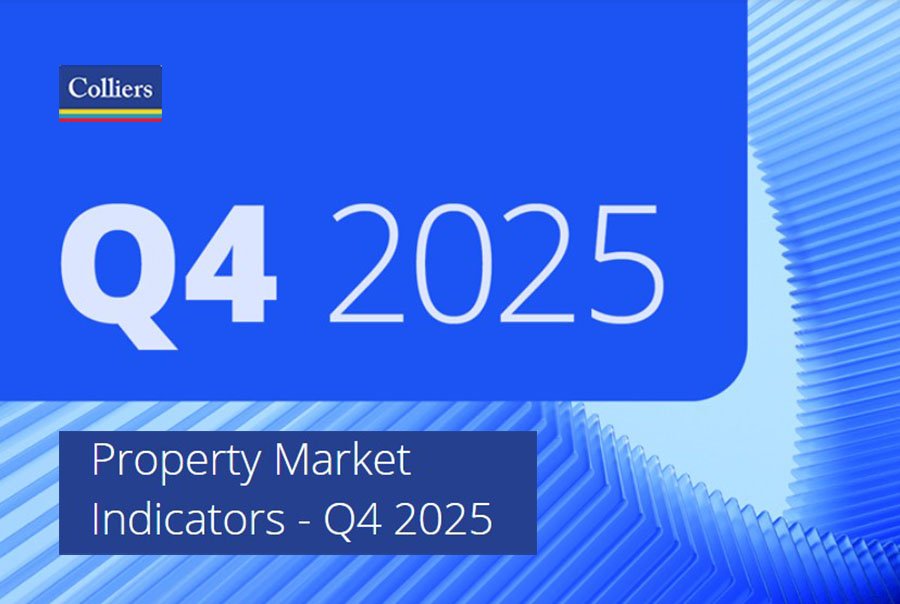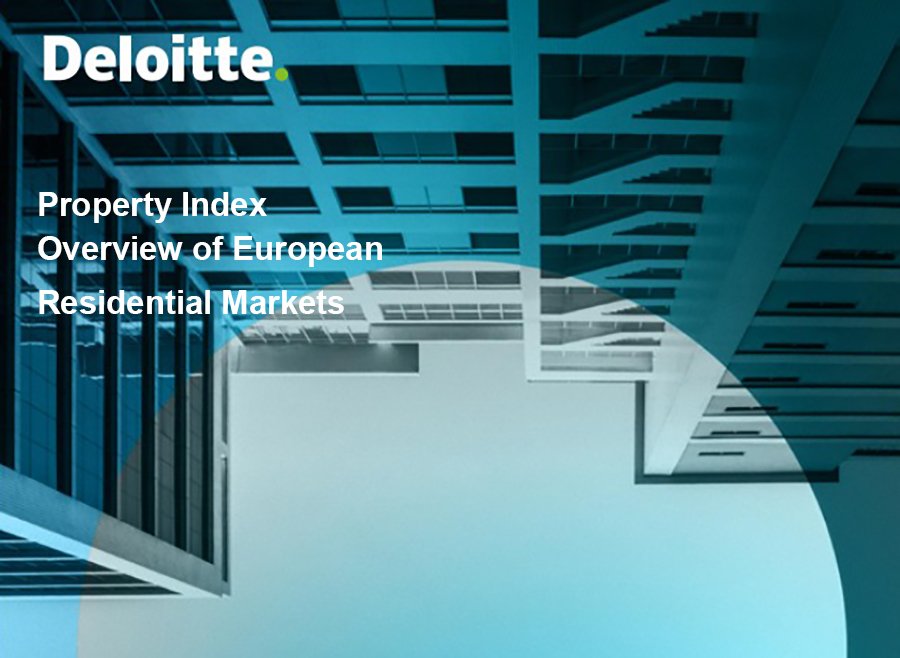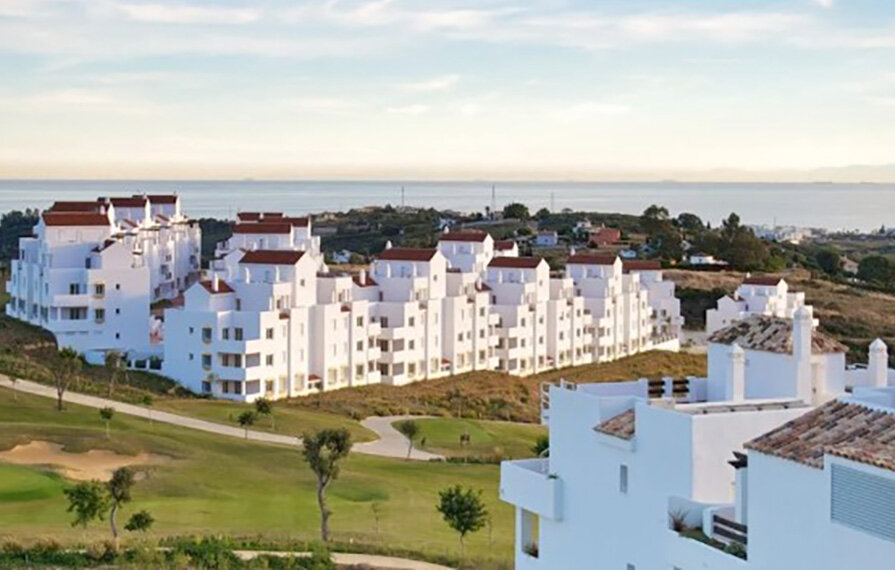читайте также
 Housing Prices in Russia Will Rise by 10–15% in 2027: Dom.RF Forecast
Housing Prices in Russia Will Rise by 10–15% in 2027: Dom.RF Forecast
 Toronto Joins Vancouver, Ottawa, Montréal, Québec City, and Kelowna in Raising Tourism Taxes from 2026: What Travelers Should Expect
Toronto Joins Vancouver, Ottawa, Montréal, Québec City, and Kelowna in Raising Tourism Taxes from 2026: What Travelers Should Expect
 Europe’s Economy 2025: ECB Records Service-Sector Growth and Export Decline
Europe’s Economy 2025: ECB Records Service-Sector Growth and Export Decline
 Thanksgiving 2025 Travel Surge in the U.S.: Record Tourism and the Holiday Rush
Thanksgiving 2025 Travel Surge in the U.S.: Record Tourism and the Holiday Rush
 Real Estate in Denmark: where rents are rising and how yields are shifting
Real Estate in Denmark: where rents are rising and how yields are shifting
 How Many Years of Work Does It Take to Buy a Flat in Europe: Deloitte 2025 Data
How Many Years of Work Does It Take to Buy a Flat in Europe: Deloitte 2025 Data
Spain's New Housing Market: Rising Prices and Supply Shortages

In 2024, new-build housing prices in Spain surged significantly amid high demand and limited supply. According to Spanish Property Insight, citing the Vivienda de Obra Nueva 2025 report by Tinsa (source), the average price of new homes reached €2,528 per square meter, a 7.6% increase compared to 2023. This price is now 44% higher than resale properties, marking the largest gap ever recorded.
Since the 2008 crisis, new-build prices have risen 66% nominally and now stand 10% above their 2007 peak. However, adjusted for inflation, prices are still 21% below pre-crisis highs. Some regions, like the Balearic Islands (+19%), Malaga, and Benidorm (+2%), have surpassed previous inflation-adjusted peaks.
Housing Affordability and Market Dynamics
Buying a new home now consumes about 49% of a household’s disposable income, far above the recommended 35%. In Barcelona, it exceeds 70%. Factors such as population growth, stable employment, accumulated savings, and investor activity are pushing demand higher, while new construction lags behind.
According to Cristina Arias, Head of Research at Tinsa, new housing supply has grown but remains insufficient, particularly in suburbs and tourist areas where land shortages are becoming critical. Increasingly, new builds are geared towards international buyers and wealthy Spanish second-home seekers, rather than the average resident.
Regional Trends and Price Growth
In 2024:
- Prices ranged from €1,385/m² in Extremadura to €4,399/m² in the Balearic Islands.
- Highest regional annual price increases were seen in the Balearics, Madrid, Cantabria, and Andalusia (up to 19.8%).
- Cities like Vigo (+25%) and Malaga (+24.4%) recorded even sharper jumps.
- In Barcelona, new-builds reached an average of €4,968/m².
- Surrounding suburbs like Castelldefels (+24.5%) and Manresa (+16.2%) also saw strong growth.
Meanwhile, Guipúzcoa and smaller cities like Orense, Linares, and Palencia showed stagnant markets.
According to Eurostat, Spain posted a 11.4% housing price increase year-on-year, ranking second in the Eurozone behind Portugal. Average housing inflation across the EU was just 4.9%.
New Measures to Stabilize the Market
Due to overheating risks, Spain has launched a series of market reforms:
- The Golden Visa program was officially ended on April 3, 2025 (source).
- A national short-term rental register will become mandatory from July 1, 2025.
- New laws require community approval for owners wanting to offer short-term rentals in apartment buildings.
- Spain is considering a 100% tax on property purchases by non-EU residents (source).
These steps aim to curb speculative demand and refocus supply on long-term housing needs.
Outlook for 2025
Forecasts remain cautiously optimistic: Fitch Ratings predicts a 6-8% rise in house prices in 2025.
CaixaBank Research anticipates continued upward trends, supported by:
- A fall in mortgage rates to 3.25% by year-end.
- A 4% real wage increase.
- Demographic growth driven by immigration and internal recovery.
However, supply shortages remain the key challenge. Spain currently adds 246,000 new households annually, but only 85,000–90,000 new homes are completed each year.
While opportunities for investors remain, local residents continue to face affordability issues, making housing policy a top political and social priority for Spain’s future.





